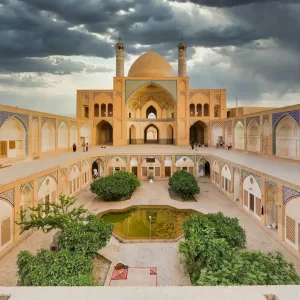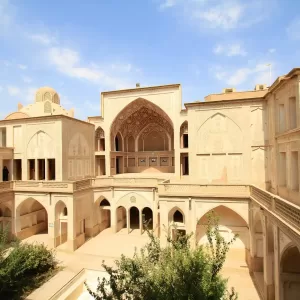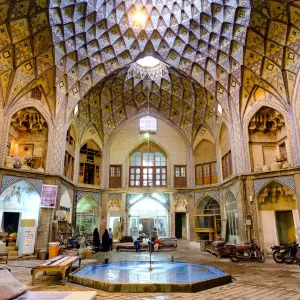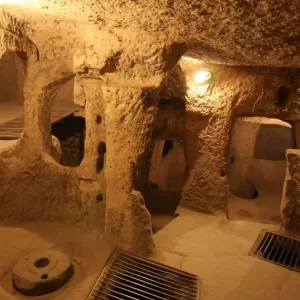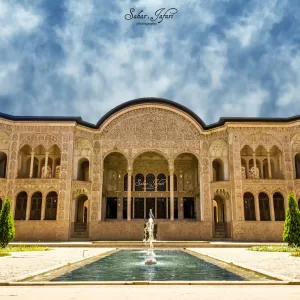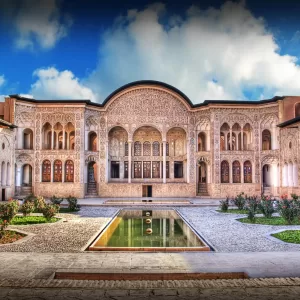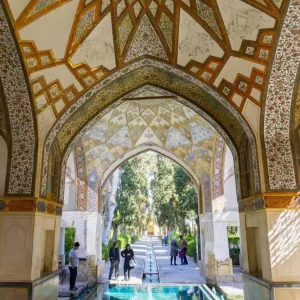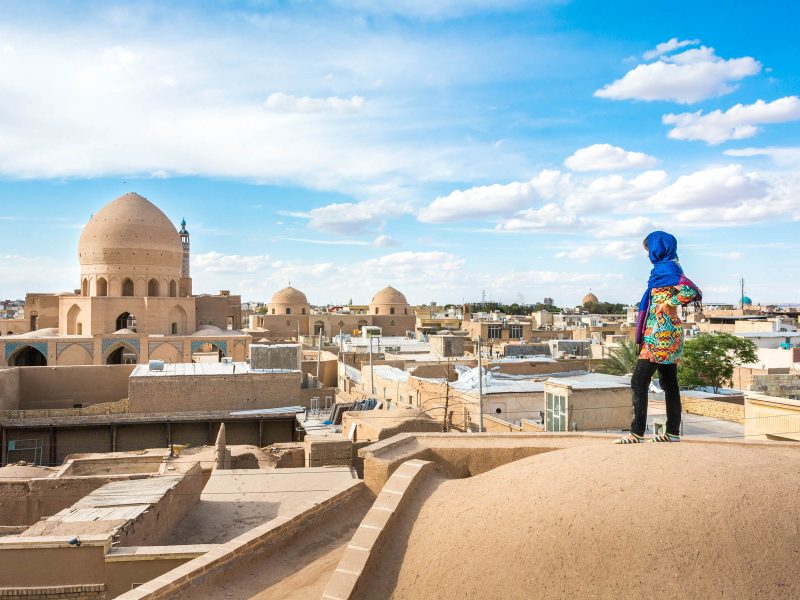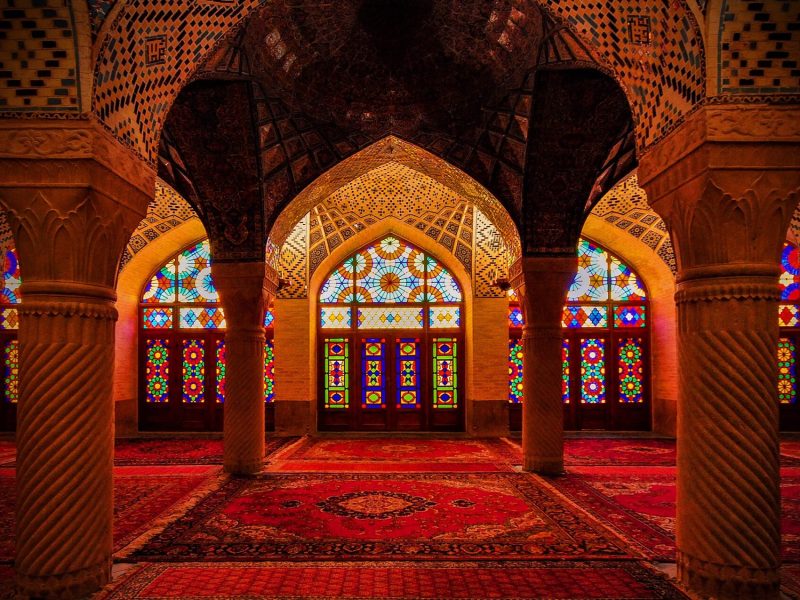Sialk Historical Hills: An Exploration of Persia’s Ancient Civilization
In Kashan, Iran, there is one of the most important archaeological sites in the world, the Sialk Historical Hills, which offer an excellent opportunity to discover thousands of years of human history. A number of historically significant structurs are located on the Sialk Historical Hills, which are one of the most important cultural remnants of the Persian Empire.
7 Brief Facts about Sialk Historical Hills
- Sialk Historical Hills date back to 5000-3000 BCE
- It was the capital of the Elamite civilization.
- The site has been excavated several times
- Sialk Historical Hills is a UNESCO World Heritage Site
- It represents the evolution of urban planning in ancient Iran
- The site holds valuable information about the Elamite civilization
- It is located near the city of Kashan in Iran.
History
The oldest mention of Sialk Historical Hills dates to the early Bronze Age, which started around the fifth millennium BCE. It is one of the most important archaeological sites in Iran and the entire world, providing important details on the emergence of civilization in the region. Early in the 20th century, a French archaeologist made the first discovery of the location. He came across several houses built by humans that had been living in the area for many centuries.
The Sialk Historical Hills are a collection of artificial hills and mounds that were constructed by the region’s first human settlers. These hills are home to a variety of architectural marvels, such as residences, fortifications, and temples, which illuminate the path of
Numerous priceless relics, like as pottery, jewelry, and metal objects, have been uncovered during excavations and research of the Sialk Historical Hills, provding us with a window into the way of life of the locals. Additionally, these artifacts reveal details on the trade, cultural exchanges, and religious activities and beliefs of these prehistoric people. The Sialk Historical Hills are now regarded as one of Iran’s top tourist destinations, drawing thousands of tourists there each year to explore the place and take in its rich history and cultural heritage.
Sialk Historical Hills as a UNESCO Site
In 2005, Sialk Historical Hills received UNESCO’s designation as a World Heritage Site.
This acknowledgment highlights the significance of the location and the value it has in terms of its cultural and historical value.
The location offers a singular and priceless addition to our understanding of the Elamite civilization and the development of urban design in prehistoric Iran.
Significance
The Sialk Historical Hills are important because they offer a window into the earliest stages of Persia’s human civilisation. They highlight the ProtoElamite civilization’s accomplishments and demonstrate how this prehistoric culture was able to create sophisticated social, economic, and religious institutions. The location also shed light on historical advancements in engineering and architecture, such as the building of the substantial central ziggurat.
Architecture
The Sialk Historical Hills are made up of a variety of buildings, including residences, temples, and a massive central ziggurat.
The temples are larger and more elaborate, with magnificently carved stone columns and exquisite reliefs, as opposed to the dwellings, which are made of mud-brick and have intricate masonry work.
One of the most striking buildings on the site is the central ziggurat, which was probably utilized for religious and administrative reasons because of its enormous size and elaborate construction.
Best Time to Visit
The best time to visit the Sialk Historical Hills is during the spring and autumn, when the weather is mild and the landscape is lush and green. Visitors are also encouraged to visit in the early morning or late afternoon, when the light is ideal for taking photos and exploring the site.
Conclusion
The Sialk Historical Hills are best visited in the spring and fall seasons. during these times, the weather is moderate and the surroundings are lush and green. Visitors are also urged to go when the light is best, which is in the early morning or late afternoon.
8 FAQs and Answers about Sialk Archaeological Hills:
- When were the Sialk Archaeological Hills discovered?
In the early twentieth century, the Sialk Archaeological Hills were uncovered. - What is the history of Sialk Archaeological Hills?
Sialk Archaeological Hills were the capital of the Elamite civilization, which existed between 5000 and 3000 BCE. - Why was Sialk Archaeological Hills abandoned?
Sialk Archaeological Hills were the capital of the Elamite civilization, which existed between 5000 and 3000 BCE. - What is the significance of Sialk Archaeological Hills as a UNESCO Site?
Sialk Archaeological Hills was selected as a UNESCO World Heritage Landmark in 2005, recognizing its significance as a cultural and historical site, as well as its contribution to understanding the Elamite civilization and the evolution of urban planning in ancient Iran. - Who were the Elamites?
- The Elamites were an ancient civilization that lived in what is now Iran.
- How has the site been excavated?
The site has been excavated several times over the years. - What can you learn from visiting Sialk Archaeological Hills?
The Elamite civilization, the development of urban design in ancient Iran, and the rich cultural history of the area are all topics that visitors to Sialk Archaeological Hills can learn about. - Where is Sialk Archaeological Hills located?
Sialk Archaeological Hills are located near the city of Kashan in Iran.

